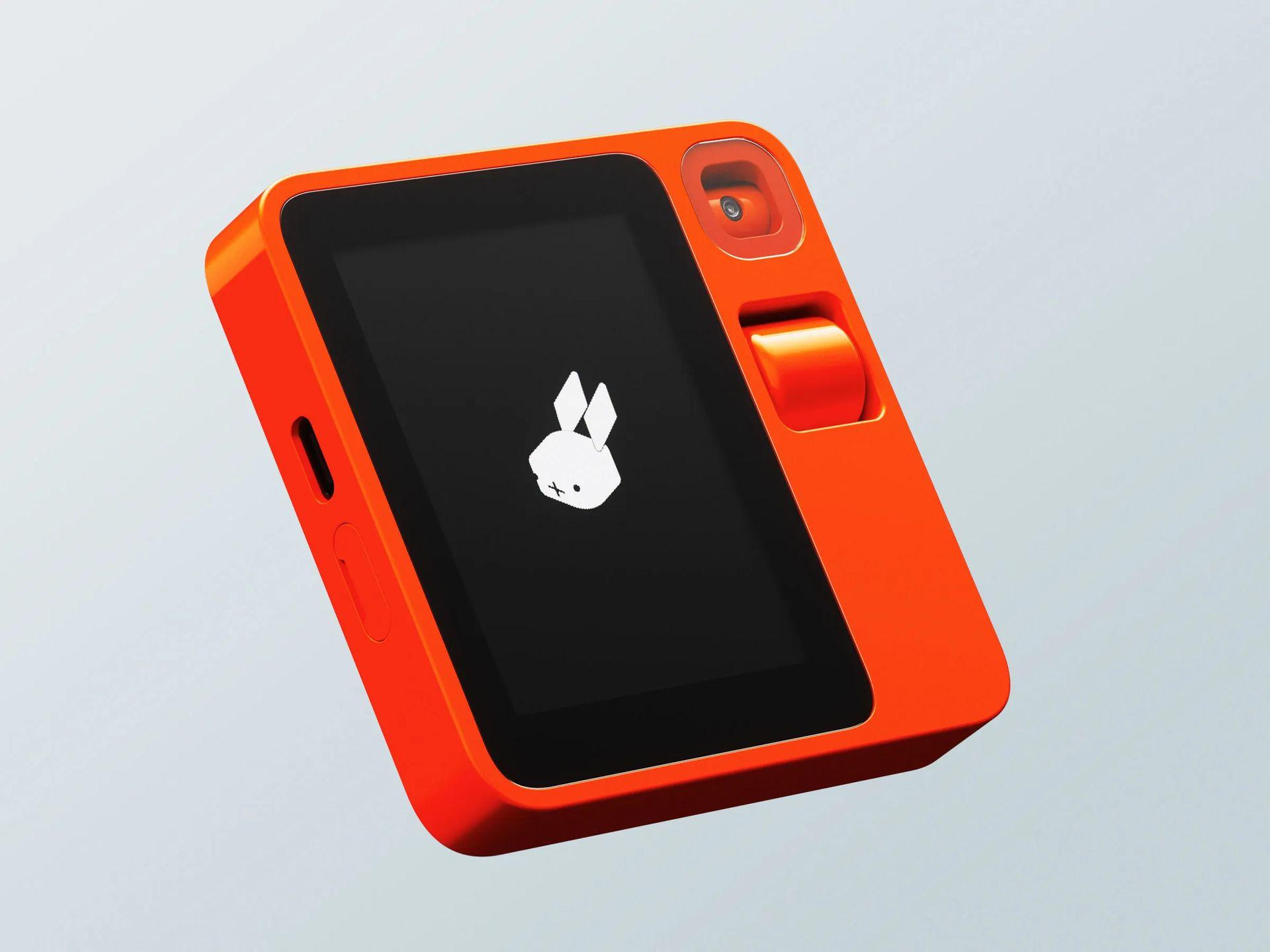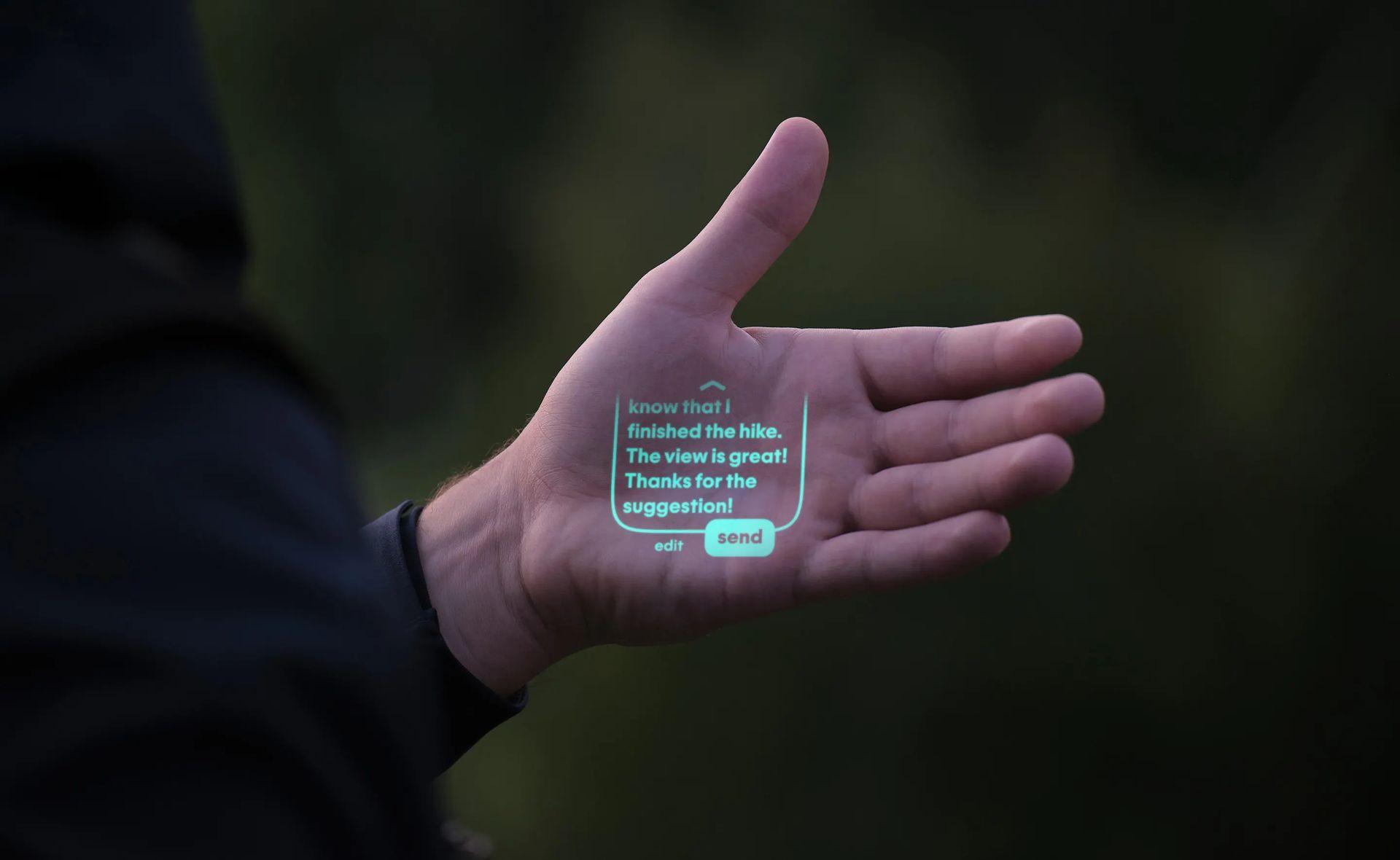The Rabbit R1 vs AI Pin comparison emerges as an important discussion in the headlines. The evolution of smartphones since Apple’s introduction of the iPhone in 2007 has been nothing short of revolutionary, leading us to a point where these devices are no longer just tools for efficiency but have become central to our daily lives.
Amidst this backdrop, a new wave of technology startups is rising, each aiming to redefine the way we interact with our gadgets. They are striving to pivot back to the practicality of smartphones, addressing the growing concern over excessive screen time and looking to enhance user experience through more intuitive, voice-based interactions.
Rabbit R1 vs AI Pin: What’s the difference?
The Rabbit R1 vs AI Pin comparison gains relevance in this evolving market. After the AI Pin by Humane made its debut last November, Rabbit has now emerged as a noteworthy contender. At the Consumer Electronics Show in Las Vegas, Rabbit’s founder, Jesse Lyu, introduced their mission to develop the simplest form of a computer – a device so user-friendly that it requires no learning curve. From Lyu’s keynote, it was evident that Rabbit’s concept holds significant potential.
Exploring the features of the Rabbit R1 that sold out on day one
What can Rabbit R1 do?
The Rabbit R1 is a compact device, revolutionizing interaction with its natural language operating system. Its purpose is to obsolete the need for traditional app-based interactions, offering a novel way to organize our lives. Lyu criticized the current role of smartphones as predominantly entertainment-focused, a shift from their original intent. He also critiqued the app-centric model for contributing to prolonged screen exposure, a sentiment that underscores the innovative approach of the Rabbit R1.

Is Rabbit R1 a phone?
No, however Rabbit is tackling the complexity of modern smartphone usage by introducing a compact device that handles every task you could imagine, all through voice commands. This includes everything from ordering a ride, getting food and groceries, to sending messages, making calls, and streaming music on Spotify.
During the presentation, Jesse Lyu showcased the capabilities of Rabbit OS, the unique operating system powering the R1. What distinguishes Rabbit OS in the Rabbit R1 vs AI Pin debate is its ability to not just interface with third-party services but to actively ‘see’ and interact with apps, executing tasks for the user via simple voice commands.
For example, playing a song on Spotify is simplified through Rabbit’s Large Action Model (LAM), which understands the necessary steps and carries them out through Rabbit OS. The company highlights this model’s proficiency in recognizing and functioning within “all mobile and desktop environments,” ensuring efficient task management.
The cornerstone of these capabilities lies in artificial intelligence. Rabbit OS incorporates an AI model known as the Large Action Model (LAM), a combination of a large language model for understanding user commands and a large action model for executing tasks.

Lyu explained how this model allows the operating system to perform actions based solely on voice commands, thereby bypassing the cumbersome need to navigate through apps. Moreover, Rabbit OS is designed to learn from user demonstrations, memorizing how a task is done and then replicating it upon request. The developers at Rabbit emphasize that they have programmed numerous sequences for popular applications, ensuring that the R1’s functionality will continue to expand over time.
The intriguing aspect of the Rabbit R1, particularly in the context of the Rabbit R1 vs AI Pin comparison, is its practical application in everyday life. The R1 boasts some independent features and provides access to a web portal named ‘Rabbit Hole,’ where users can connect to their various services. For tasks like learning Photoshop, Rabbit offers solutions through virtual machines available on their web portal. However, the real test for Rabbit is ensuring this seamless integration across diverse devices and platforms for a wide range of users, a challenge that the company appears eager to tackle.
Distinguishing the Rabbit R1 from the Humane AI Pin reveals some interesting contrasts. At first glance, both devices might appear similar, with their app-less operating systems – Rabbit OS for the R1 and Cosmos for the AI Pin – and their aim to simplify user interactions by automatically routing requests to appropriate resources without the need for traditional apps. However, key differences emerge upon closer inspection.
What can AI Pin do?
The Humane AI Pin, based on demonstrations, seems to operate more like a wearable, LLM (Large Language Model)-powered search engine. Its primary function appears to be that of a conversational ChatGPT-like assistant, offering a range of productivity tools. For instance, its “catch me up” feature can summarize emails and texts, while its integrated camera can scan food items for nutritional information, aiding in dietary tracking. Additionally, the AI Pin offers real-time translation capabilities, breaking down language barriers for more effective communication. These features highlight the distinct approaches of the Rabbit R1 and Humane AI Pin in enhancing user experience and productivity.

In addressing the ‘apps problem,’ regarding the Rabbit R1 vs AI Pin comparison, Humane AI adopts a notably distinct strategy compared to the Rabbit R1. The Rabbit R1 takes a straightforward approach by replicating smartphone actions without relying on app-specific APIs, likely processing most tasks in the cloud. This approach means the Rabbit R1 vs AI Pin debate intensifies, as Rabbit doesn’t require formal partnerships with the apps it supports. Conversely, Humane AI plans to introduce capabilities like navigation and shopping in the future, but through a different tactic. They intend to collaborate with app developers, enabling them to create their own integrated tools.
How to buy Rabbit R1 from certain countries
Rabbit’s method is more versatile and doesn’t necessitate partnerships with app developers for the features it wishes to support, making its potential seemingly limitless. Users can train the Rabbit R1’s AI to perform any task that can be done on a smartphone. Humane AI, however, opts for a more controlled environment, expecting developers to build tools specifically for its platform.
Hardware distinctions are also prominent in the Rabbit R1 vs AI Pin comparison. The Humane AI Pin is geared towards a broader vision. It features a 13MP camera, a built-in projector for hand displays, a touchpad, and a Trust Light indicating recording activity. This device is wearable, secured to clothing with various accessories, and runs on an octa-core Qualcomm processor, positioning it as an on-demand assistant.

The Rabbit R1, in contrast, is designed to occupy the same space as a smartphone, potentially replacing it. It includes a speaker, a 2.88-inch touchscreen display, and a unique rotating camera, the “rabbit eye,” for capturing photos and videos. These hardware differences are likely a factor in its more affordable price of $199, compared to the Humane AI Pin’s $699.
The bottom line
The current state of affairs in the Rabbit R1 vs AI Pin comparison presents a scenario with much potential yet some uncertainties. As of now, Humane AI has showcased a limited set of functionalities, primarily those already discussed, while it continues to develop additional features such as shopping and navigation capabilities. On the flip side, although the Rabbit R1’s keynote ambitiously aims to encompass a vast array of functionalities, it fell short in providing concrete demonstrations of these capabilities.
Soon, you will see Humane AI Pins on the street
The possibility remains that future software updates could bridge the existing gaps in both devices, potentially leading them to resemble each other more closely in functionality. Since the overarching goal of both the Rabbit R1 and the Humane AI Pin is to offer alternatives or even replacements to traditional smartphones, there’s a likelihood of convergence in their features and capabilities in the future. However, the actual trajectory of this development remains to be seen, and only time will reveal how these innovative devices evolve and impact the tech landscape.
Featured image credit: Kerem Gülen/Midjourney






